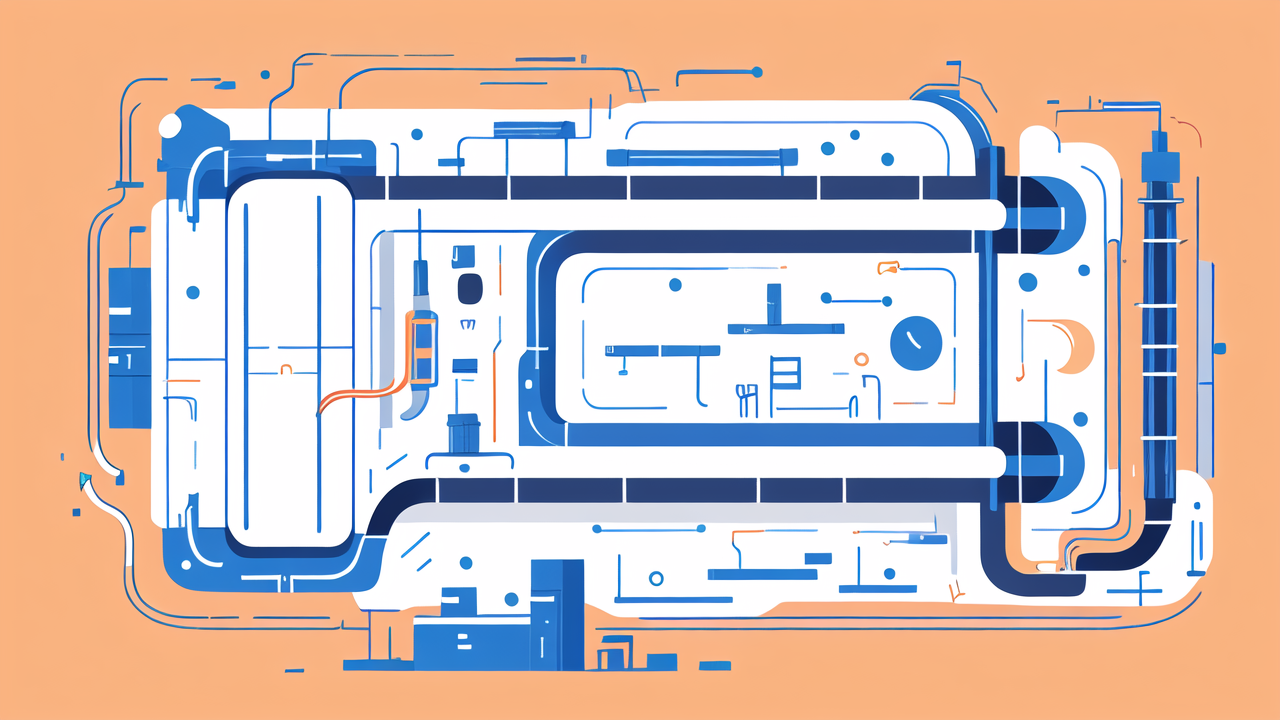Introduction to Waterway Pipe Evolution
The Importance of Innovation in Water Management
Water management is crucial in Australia's dry climate. Innovation in waterway pipes is key to efficient water use. New designs help conserve water and improve distribution. They also reduce waste and costs.

Advanced pipes can handle varying water pressures and flow rates. This is vital for Australia's diverse landscapes. From bustling cities to remote farms, each area has unique needs.
Innovation also addresses environmental concerns. New materials and designs reduce leaks and contamination. This protects water quality and surrounding ecosystems.
Historical Overview of Waterway Pipes in Australia
Australia's waterway pipe history reflects its growth as a nation. Early settlers used simple wooden pipes. These were prone to leaks and decay.
The 1800s saw a shift to cast iron pipes. These were more durable but heavy and hard to install. The 1900s brought steel and concrete pipes. These allowed for larger water systems.
Plastic pipes emerged in the mid-20th century. They were lighter and easier to install. However, early versions had durability issues.
Recent decades have seen rapid advancement. New materials and designs offer better performance. They also last longer and are more eco-friendly.
Technological Advancements in Waterway Pipe Design
Material Innovations and Their Impact on Waterway Systems
New materials have revolutionized waterway pipes. High-density polyethylene (HDPE) is now widely used. It's flexible, durable, and resistant to corrosion.

Composite materials combine the best qualities of different substances. They offer strength and lightness. Some even have self-healing properties for small cracks.
Nanotechnology is entering the field. Nano-coatings can make pipes more resistant to buildup. This reduces maintenance needs and improves water quality.
These innovations have made pipes more efficient and long-lasting. They can handle higher pressures and are less likely to fail.
Hydraulic Efficiency and Aesthetic Considerations in Modern Design
Modern pipe designs focus on hydraulic efficiency. Smooth inner surfaces reduce friction. This allows water to flow more freely, saving energy.
Computer modeling helps optimize pipe shapes. This can reduce turbulence and improve flow rates. Some designs even mimic natural water channels.
Aesthetics are also important, especially in urban areas. Some pipes are designed to blend with surroundings. Others become features in their own right.
Green infrastructure often incorporates visible waterways. These can be both functional and attractive. They add value to urban spaces.
Advanced Manufacturing Techniques for Waterway Pipes
3D printing is changing pipe manufacturing. It allows for complex shapes and custom designs. This can optimize pipes for specific locations and needs.
Automated production lines ensure consistency. They can produce pipes faster and with fewer defects. This improves quality and reduces costs.
On-site manufacturing is becoming more common. Mobile units can create pipes as needed. This reduces transportation costs and allows for quick repairs.
Smart sensors can be embedded during manufacturing. These monitor pipe condition and water quality. They alert managers to issues before they become serious.
Case Studies: Successful Implementations in Australia
Urban Waterway Projects: Revitalizing Australian Cities
Melbourne's Yarra River project showcases modern waterway management. New pipes and filtration systems improved water quality. This allowed for the development of riverside attractions.

Sydney's stormwater harvesting system uses innovative pipe networks. These capture and clean rainwater. The water is then used for parks and gardens.
Brisbane's flood mitigation project includes advanced pipeline systems. These can quickly divert excess water. This has reduced flood risks in low-lying areas.
These projects show how new pipe technologies can transform urban areas. They improve livability and sustainability in Australian cities.
Rural Waterway Solutions: Enhancing Agricultural Efficiency
The Murray-Darling Basin has seen major pipe upgrades. New systems reduce water loss from evaporation. This has increased water availability for farming.
In Western Australia, smart pipe networks monitor soil moisture. They deliver water only when needed. This has significantly reduced water waste.
Queensland's sugar cane industry uses flexible pipe systems. These allow for easy reconfiguration of irrigation layouts. Farmers can adapt to changing crop needs.
These rural innovations show how pipes can boost agricultural productivity. They help farmers do more with less water.
Future Outlook: Trends and Predictions in Waterway Pipe Development
The future of waterway pipes in Australia looks promising. We can expect more use of smart technologies. Pipes may soon 'communicate' with each other to optimize water flow.
Biodegradable materials are being researched for temporary pipes. These could be used in disaster relief or short-term projects.
Energy-generating pipes are another exciting prospect. These could harness the power of flowing water. This energy could then power monitoring systems or nearby facilities.
Climate change will drive further innovation. Pipes will need to be more resilient to extreme weather. They'll also need to support water conservation efforts.
As Australia continues to lead in water management, its waterway pipe industry will grow. It will likely become a major exporter of pipe technology and expertise.










